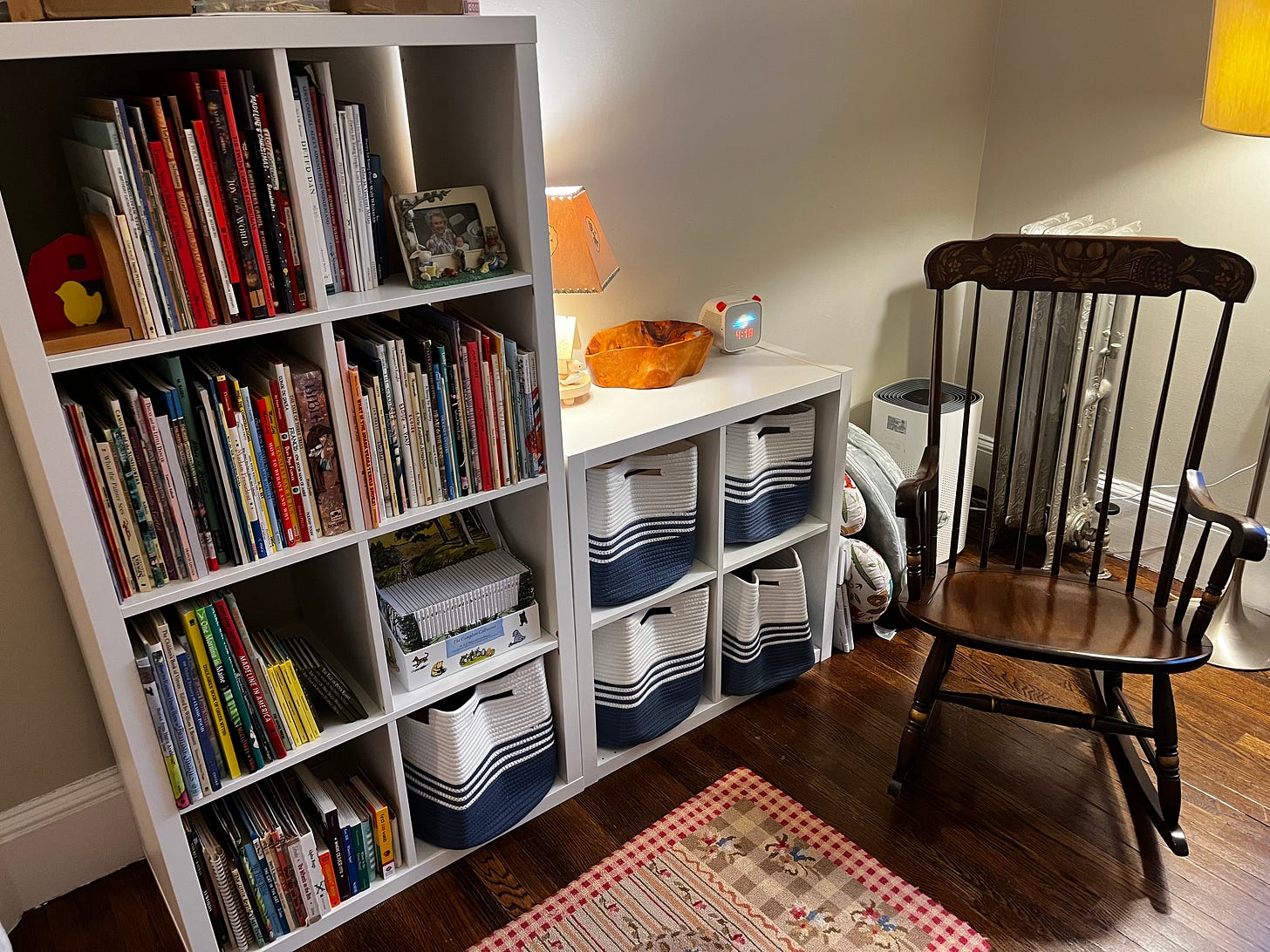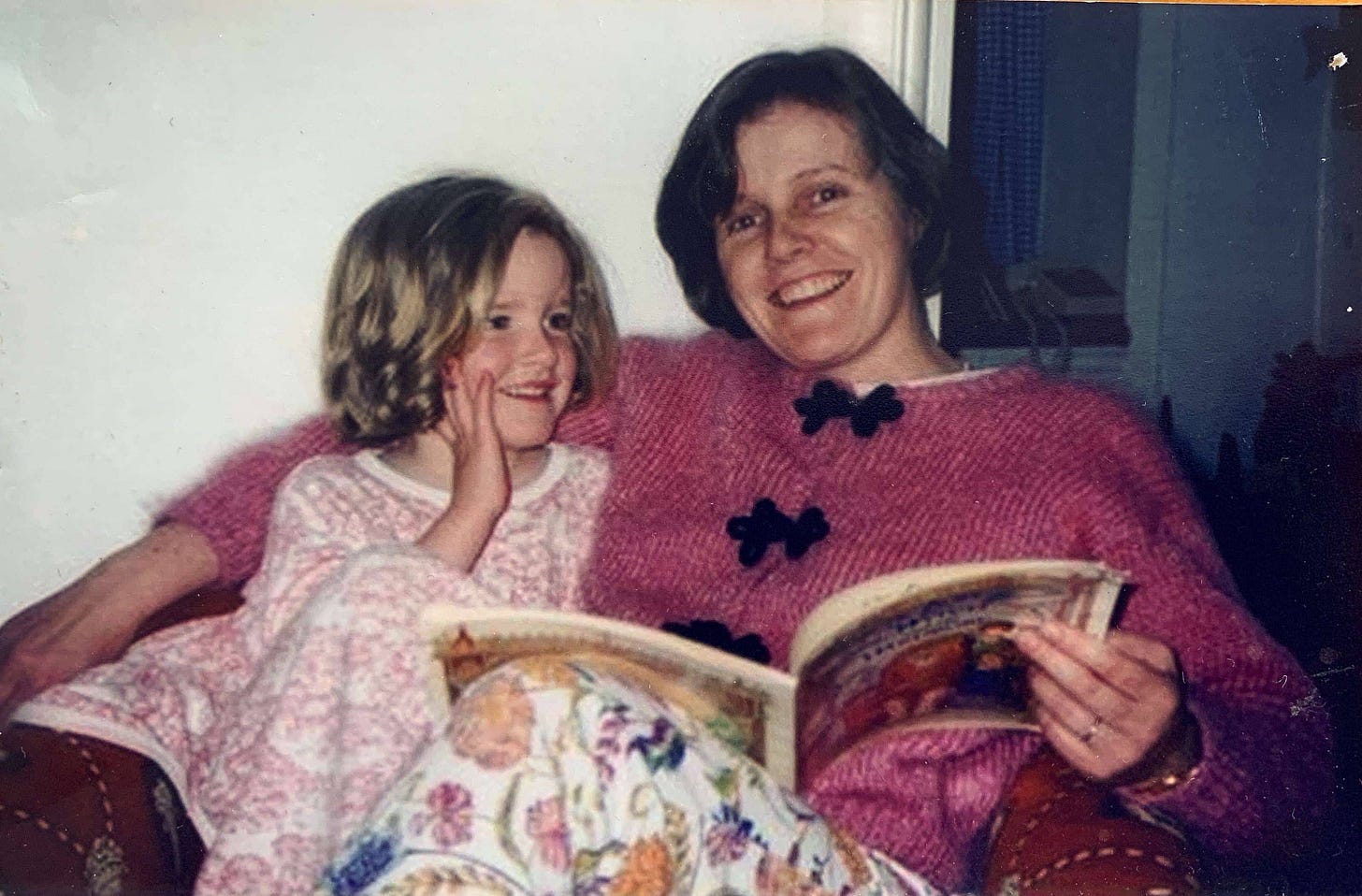Mid-Year Teaching & Learning Wisdom 📚 and Some Happy News...! 💖
Don't let the "reading length" scare you. I start with a "quick update" followed by an optional "deep dive" 😉
Since my last blog post in mid-October, I’ve been deeply immersed in both teaching and (my own!) learning. On the teaching front, I’ve been having an absolute blast supporting students in grades 4-12 in pursuing their writing and learning goals. From applying to college and secondary school to developing proficiency in planning and executing school assignments to submitting essays to the New York Times Student Essay Contests and the Scholastic Art & Writing Awards, IOC Writing & Learning students have been busy and, as one parent recently put it, finding “happiness, joy, and success!”
When not with students, I’ve been keeping very busy on two learning fronts:
1️⃣ Learning about Learning
First, I’ve completed five professional learning courses about supporting students with language-based learning disabilities & executive functioning deficits through the Landmark School Outreach Program. These courses have been absolutely fantastic. I have learned a great deal about “how learning happens” and, in particular, about the (truly remarkable!) “science of reading” (which, by the way, is not merely a buzzword—to understand reading requires dedicated and thoughtful engagement in the history of language development and neuroscience). I highly recommend that all educators consider taking Landmark courses to fulfill their professional development requirements, and I also recommend checking out their excellent free webinar series.
And for anyone who is thinking…I’m not a special educator…I don’t need to learn about learning disabilities…rest assured that understanding how learning works will improve ANY teacher’s practice in supporting ALL students with ALL learning profiles.
In the “Deep Dive” section below, I summarize my most significant takeaway from these courses: how reading works & best practices for teaching reading.
2️⃣ Learning about Parenting…!
(i.e. what’s next for IOC Writing & Learning)
For those who haven’t heard the news yet…my husband, Luke, and I are expecting a baby girl on March 30th! Her nursery library (aka my childhood library preserved by Nana-to-be, Marnie Reynolds 💕) eagerly awaits her!
Following our baby’s birth, I will be taking maternity leave until August 2024, at which point I will start filling a limited late-summer enrichment/ application-support schedule & a regular fall tutoring schedule. I will reach out to my current roster of tutoring families first to offer priority scheduling, and once their needs are met, I will take on new students. If you think any family might be interested in late summer or fall writing & learning support, don’t hesitate to introduce them to me in the next few weeks…before I enter baby land!
Deep Dive 🤿: Insights about Reading
📚American Reading Education is NOT in Good Shape + What We Can Do about It
For excellent overview of the state of American reading education & the “science of reading” reform that is under way, read this 4/16/23 New York Times article (free PDF), which provides an excellent overview.
The Short(er) Story:
The National Assesment of Educational Progress (NAEP aka “The Nation’s Report Card”) has consistently found over the past 30 years that only about 1/3 of America’s students can read “proficiently",” and rates of reading proficiency have declined for 4th, 8th, and 12th graders over the past decade. Consider the figure below, which summarizes historical US 4th-grade reading proficiency data. (2022 “Nation’s Report Card”; follow the link to view other grade-level data and definitions for “basic,” “proficient,” and “advanced.”)
📚 What Can We Do?: Pivot Towards “The Science of Reading”
Again, this 4/16/23 New York Times article (free PDF) provides an excellent overview.
The Short(er) Story:
Both the history of how humans began to read and write (VERY recently in evolutionary history) & ample studies of brain activity during reading (using fMRI scans) reveal that reading an alphabetic language such as English requires the brain to integrate auditory and visual processing. One does not become a proficient reader of English by memorizing all the words as “whole chunks” (as one memorizes Chinese characters); instead, we develop reading proficiency through being able to hear all of the distinct sounds in our spoken language, match those sounds to letters and letter patterns, and understand how those patterns blend together to make spoken and written words.
PHONICS is simply the name of the reading instruction system in which students are taught to match sounds to letters. And once one understands the history and science of reading an alphabetic language, it becomes 100% clear why phonics is the best way to teach a person to read English.
A relevant side anecdote about this little person 😌…
I can’t remember learning to read (I was reading Harry Potter by myself in first grade), so I guess I just thought that I picked up reading “naturally.” I think this is true of many educators—reading came easily to many of us, which led us to always “like school” and want to stay in schools forever!
However, my mother recently unearthed my Kindergarten report cards, and it turns out that I DID use phonics to learn to read. In 1998, Mrs. Mougin wrote: “Isabel listens carefully when phonics rules are explained and remembers them. When I ask Isabel what she does when she sees an unfamiliar word, she says, ‘I sound it out.’”
So much for learnng to read “naturally”…..!
For anyone who wants to learn more, I highly recommend reading Maryanne Wolf’s seminal Proust and the Squid: The Story and Science of the Reading Brain; the book provides a perfect introduction to both the history and science of reading. In fact, Wolf’s central argument is that reading is not a “natural” process but one that each person must learn “from scratch” without any genetically endowed instinct to assist.
Reading Rockets is also a fantastic resource full of short explainers and concrete lesson-plan ideas about all aspects of reading.
My excellent Landmark Courses (also a great option!) frequently cited Maryanne Wolf & linked Reading Rockets resources.
🧑🎓 Follow-Up for Students
If you find reading challenging—perhaps even too challenging to enjoy—know that you are not alone AND you can become better at reading! Connect with your teachers and parents to ask for support in developing your reading skills; with the right guidance, you will grow.
Also, using audiobooks (you should have access to free audiobooks through school and your local library, and you can buy just about any audiobook from Audible) and text-to-voice software such as Speechify can reduce the strain of reading—I use these tools all the time to “read on the go” and check my work when writing!
In addition, reading challenges often lead to writing challenges. Consider drafting your ideas using Voice Typing in Google Docs and using Grammarly (the free version is all you need) to help edit your work (if your school allows it). I also think that ALL students, regardless of reading/writing skills, benefit from access to these tools.
👨👩👧👧 Follow-up For Parents
Don’t assume your child is receiving adequate reading instruction in school! I recommend that Massachusetts parents check out the recent Boston Globe literacy investigation series (free PDF of key takeaways) to understand the magnitude of the problem—even in Massachusetts’ most vaunted public school districts.
Reading challenges typically appear very early in a child’s reading journey yet often languish undiagnosed until after 3rd grade, when students are no longer “learning to read” but expected to “read to learn.” Early intervention is KEY to ensuring a student doesn’t fall behind and become discouraged. It is important to observe your child’s reading and writing starting in Kindergarten; if they have trouble “sounding out” words and spelling familiar words correctly, don’t hesitate to seek a professional evaluation!
Reading Rockets also provides terrific guidance for parents.





